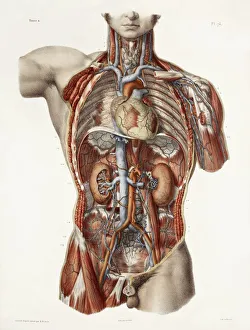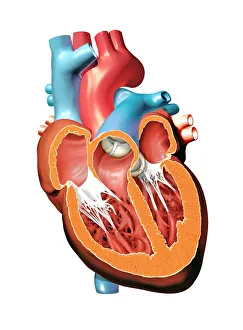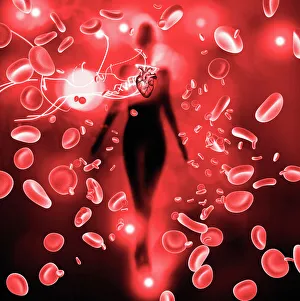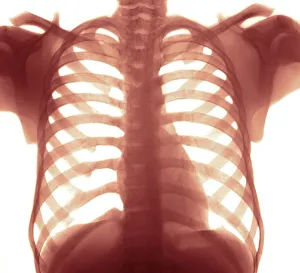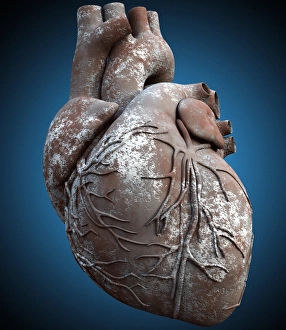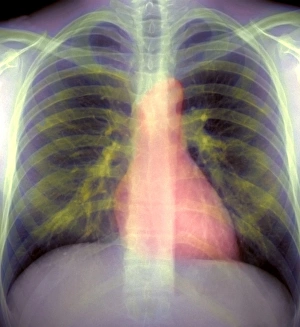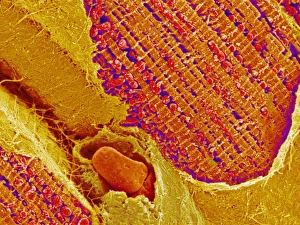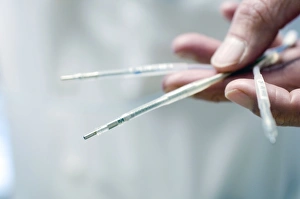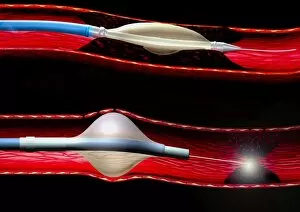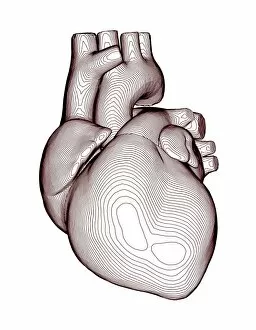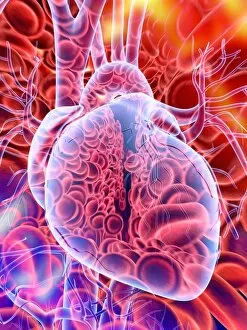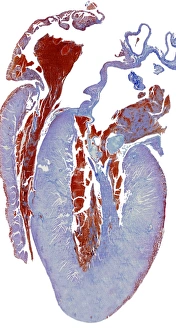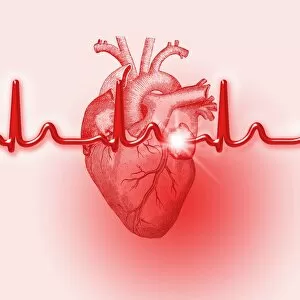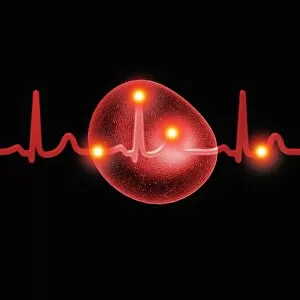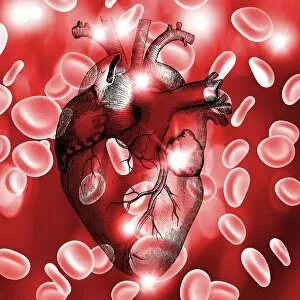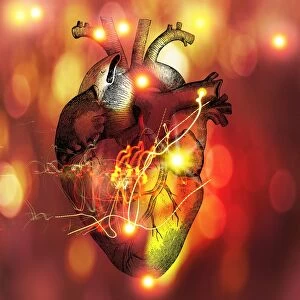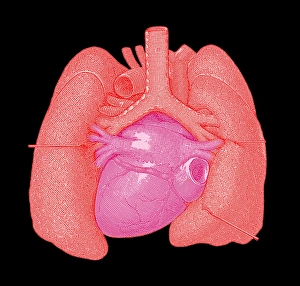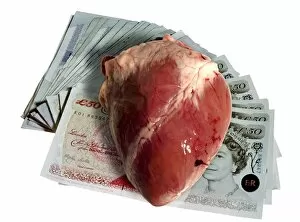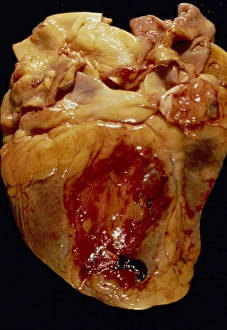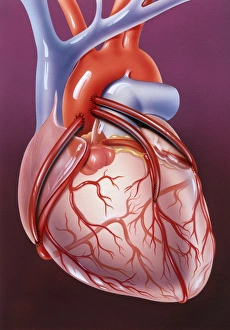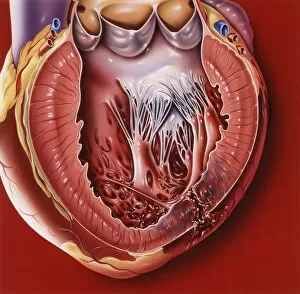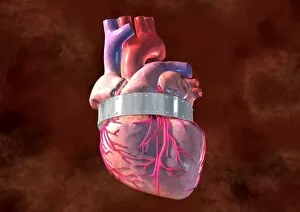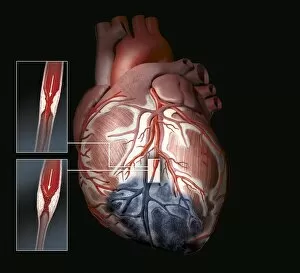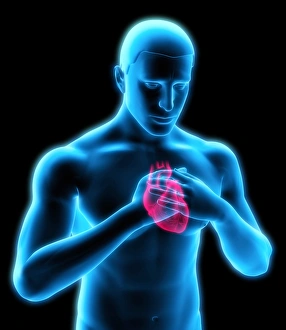Cardio Vascular Collection
"Exploring the intricate beauty of the cardiovascular system through historical artwork and modern medical marvels
All Professionally Made to Order for Quick Shipping
"Exploring the intricate beauty of the cardiovascular system through historical artwork and modern medical marvels. 🎨❤️ From ancient times to present day, artists have been captivated by the complexity and importance of the human heart. In stunning 16th-century illustrations, we witness early attempts to depict its anatomy, showcasing a deep fascination with this vital organ. Fast forward to today's advanced medical technology, where chest X-rays reveal a healthy human heart in all its glory. The resin cast of heart blood vessels provides an awe-inspiring visual representation of our intricate circulatory system, reminding us of the countless pathways that keep us alive. Within this vibrant network lies an army of red blood cells tirelessly working to transport oxygen throughout our bodies. Their journey is beautifully captured in captivating artwork that showcases their crucial role within the cardiovascular system. The human heart itself stands as a symbol of life and love; it beats relentlessly, ensuring our survival every second. Artists across centuries have sought to capture its essence on canvas or paper, immortalizing its significance for generations to come. Delving deeper into historical texts like Manuel d'Anatomie Descriptive du Corps Humain reveals detailed depictions not only of the heart but also other organs nestled within our chests. These illustrations serve as windows into past knowledge and understanding about how these interconnected systems functioned together harmoniously. Nature too has provided inspiration when exploring matters of the heart - Digitalis purpurea from Herbarium Blackwellianum reminds us that even plants can hold medicinal properties beneficial for cardiovascular health. Yet amidst all these artistic representations lies a reminder: "Heart of stone. " A poignant phrase often used metaphorically but rooted in reality - examining pig's hearts allows scientists and surgeons alike to study their structure up close, paving new paths towards advancements in cardiac care. As we unravel more mysteries surrounding cardio vascular health through art and science alike, let us appreciate both history's masterpieces and modern innovations that continue to deepen our understanding of this remarkable system.

